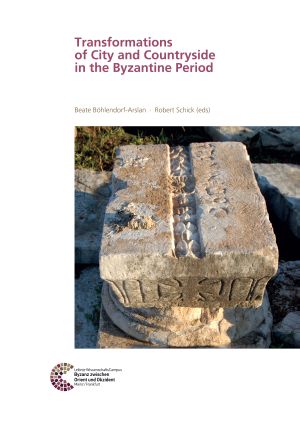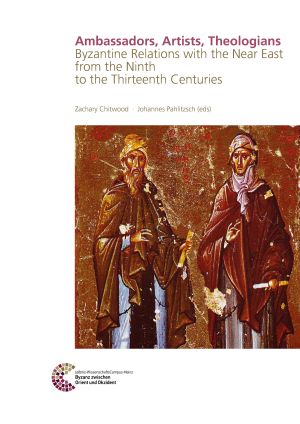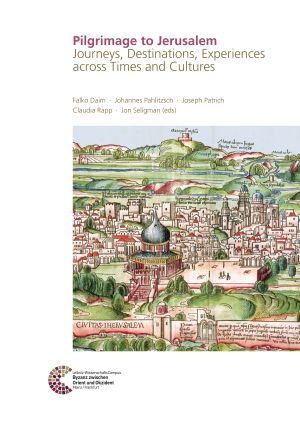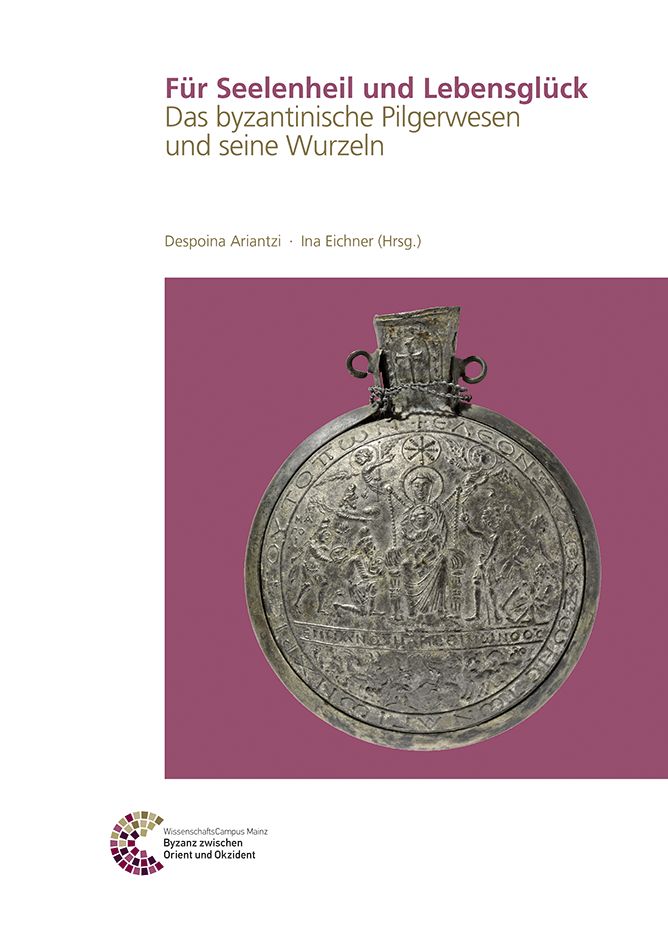Schick, Robert
Transformations of City and Countryside in the Byzantine Period
The concept of »transformation« or simply »reshaping« contains the elements of what remains, the conservative, the kernel of what continues, as well as the elements of what changes, the innovative. In the framework of this publication of articles from a conference in 2016 on »Transformations of City and Countryside in the Byzantine Period«, we draw attention to this dichotomy and investigate the social dynamics behind changes in urban and rural life in the Byzantine period that can be detected by archaeology, history and art history.
The Byzantine Empire is an ideal subject for studying how social transformation proceeds, what triggers transformation, what factors underlie it and what the processes involved are. Who were the agents of transformation and how did they and their environment change? How flexible were the state or its citizens in handling external and internal pressures of innovation? In what manner and to what extent were the Byzantines able to preserve their identity and the internal cohesion of their empire in the course of these processes of adaptation?
Ambassadors, Artists, Theologians: Byzantine Relations with the Near East from the Ninth to the Thirteenth Centuries
The contributors in the edited volume »Ambassadors, Artists, Theologians: Byzantine Relations with the Near East from the Ninth to the Thirteenth Centuries« examine the complex dynamics which arose between the Byzantine Empire and the Near East. Moving beyond the tradition of histoire événementielle, the contributions collected here highlight the passing of artistic practices, ideas and interlocutors between Byzantium and the Islamicate world. In this way, this volume seeks to nuance and contextualize our understanding of the relationship between these two medieval cultural spheres.
Pilgrimage to Jerusalem. Journeys, Destinations, Experiences across Times and Cultures: Proceedings of the Conference held in Jerusalem, 5th to 7th December 2017
Jerusalem is a city holy to three world religions: Judaism, Christianity and Islam. From the early Byzantine period, Christian pilgrimage here and to other holy sites became a »mass phenomenon«. Thousands of Christians set out to holy sites in Palestine, Egypt and other places in order to physically experience salvation history and seek divine intervention in their lives. Numerous travel reports, pilgrim guides and other written sources highlight important aspects of pilgrimage. In addition, many well-preserved churches, monasteries, hostels and other buildings, as well as rich archaeological findings, provide us with a vivid and synthetic picture of the history of pilgrimage to the Holy Land.
Für Seelenheil und Lebensglück: Das byzantinische Pilgerwesen und seine Wurzeln
The final international conference of the project "For Salvation and Happiness: Byzantine Pilgrimage and its Roots", held in December 2015, gathered scholars from the disciplines of archaeology, Byzantine studies, art history, historical sciences, religious history, epigraphy and historical geography, who addressed the phenomenon of pilgrimage in the Byzantine Empire. The contributions consider the connections of Byzantine pilgrimage to pagan and Jewish pilgrimage. Above all, they present and discuss the practice of pilgrimage between "cult and commerce" in the sacral-topographical and landscape context of individual regions and locations in the Byzantine Empire from Egypt to Bulgaria and from southern Italy to the Holy Land.










